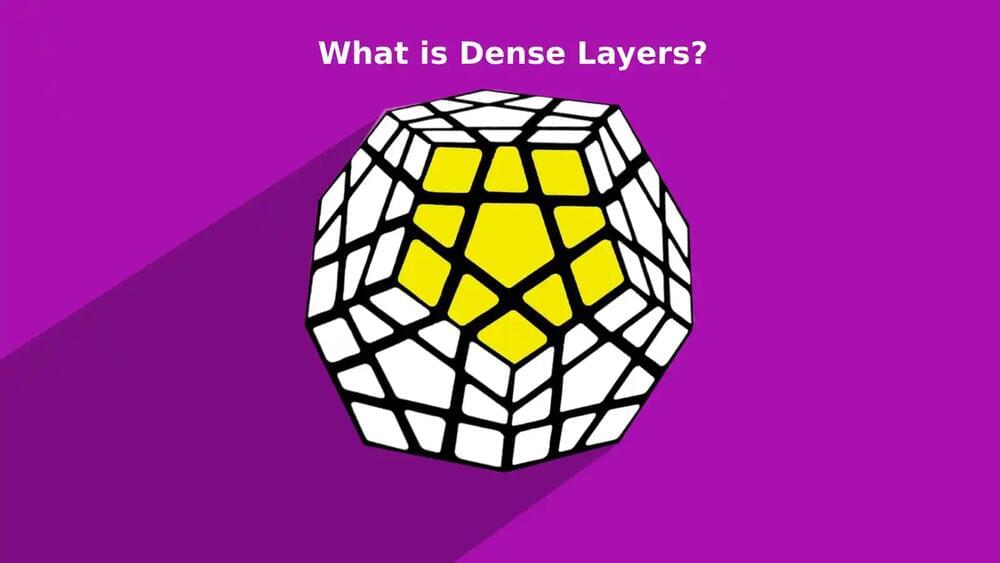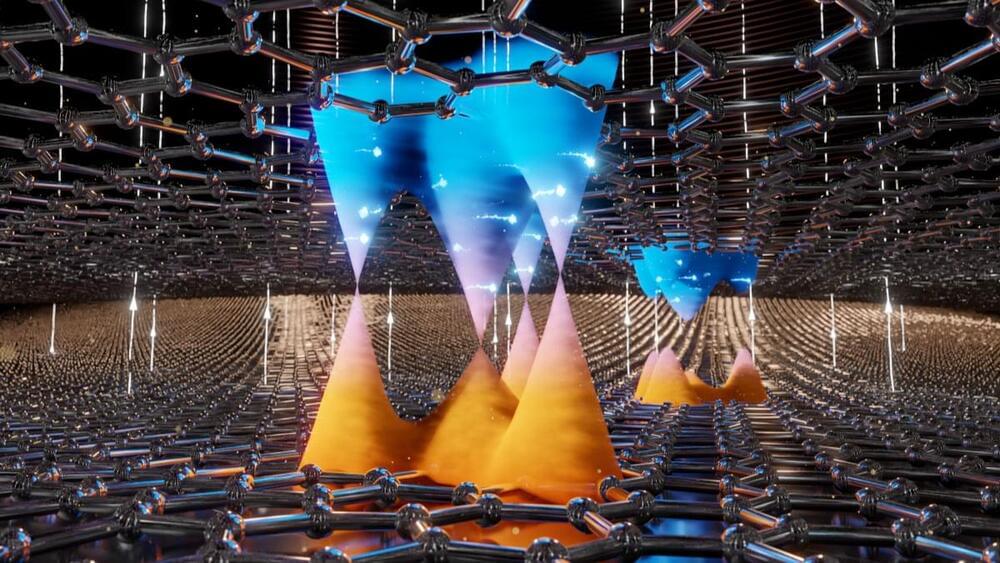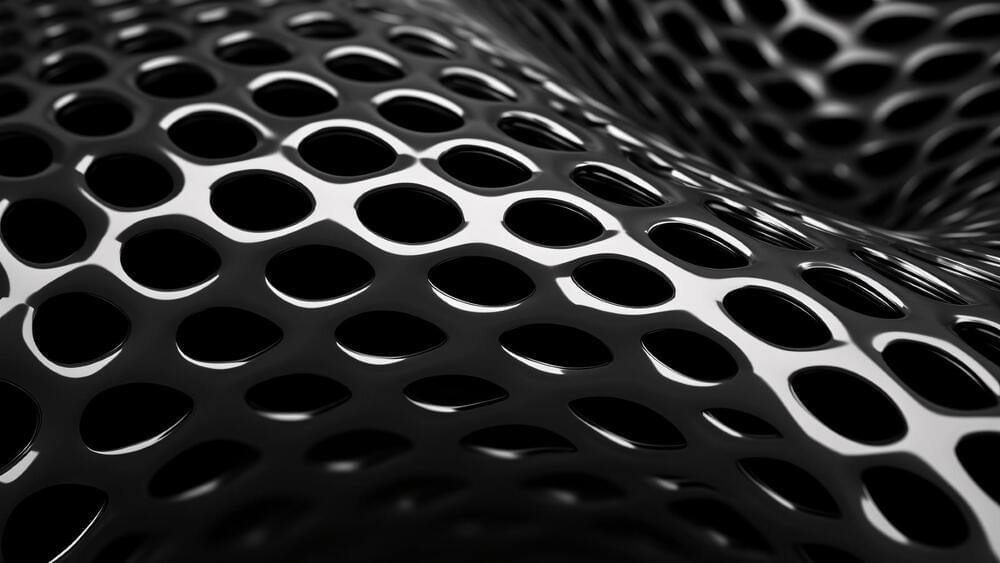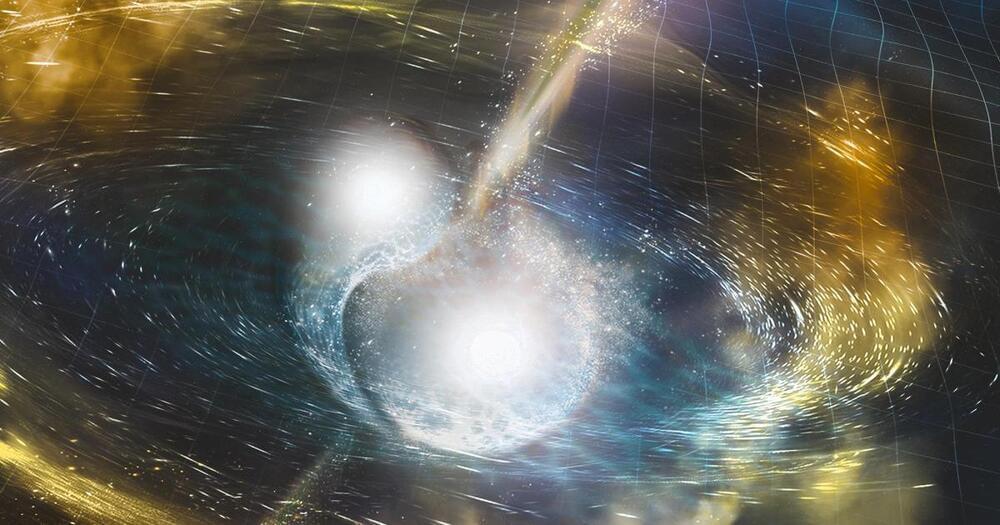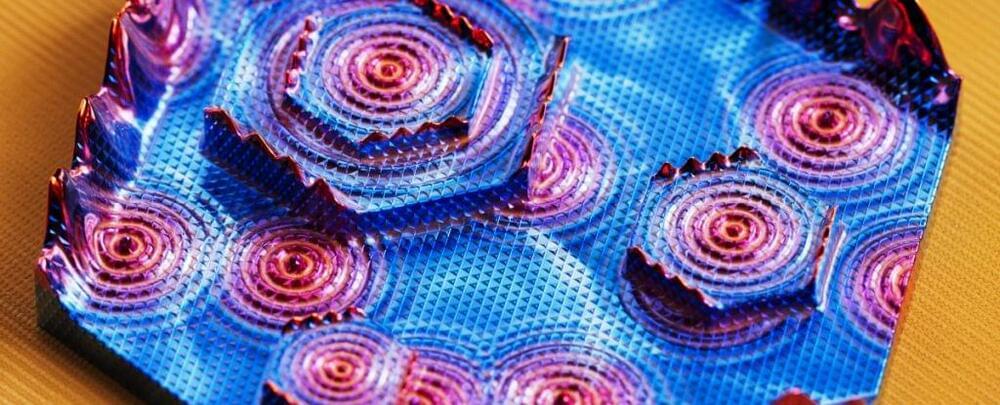Tesla’s aggressive push towards autonomy and the development of self-driving technology has the potential to drastically change the automotive industry and disrupt the competition.
Questions to inspire discussion.
What is Tesla’s shift in strategy?
—Tesla is undergoing a shift in strategy towards autonomy and self-driving technology, which may be seen as reactionary to current events but also part of the company’s long-term plan.

